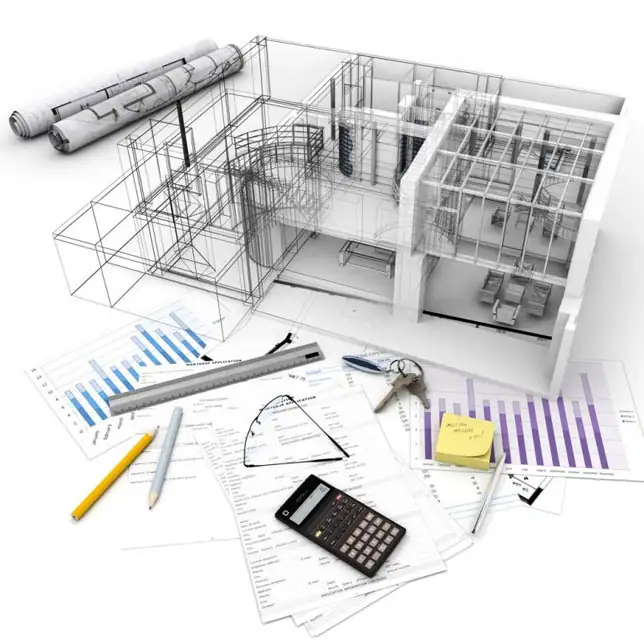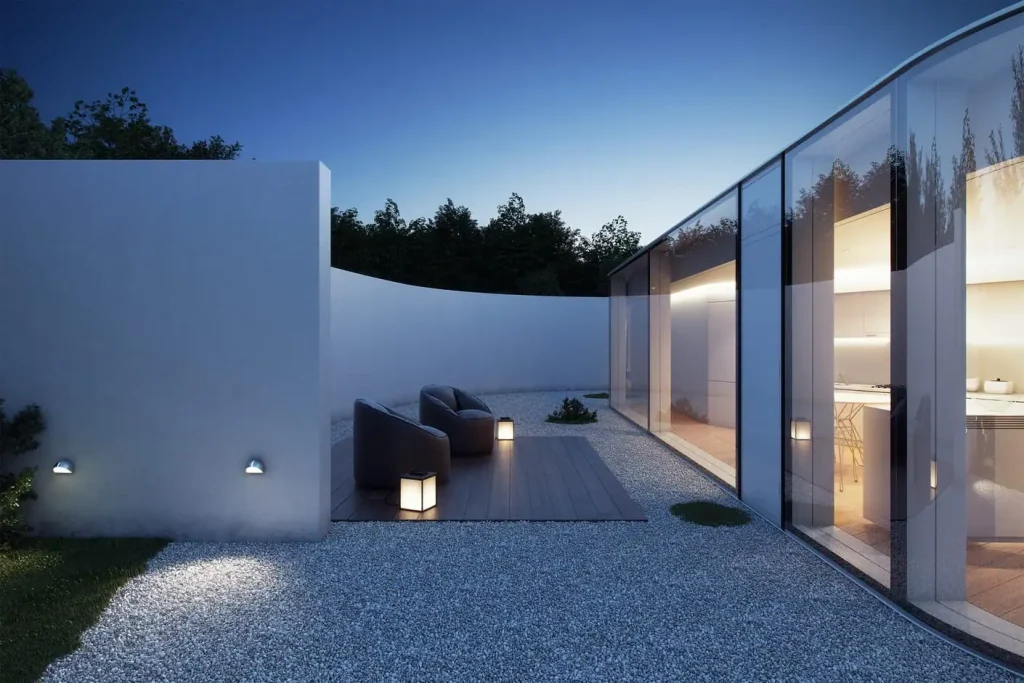Welcome to Studio20 Architects
Building regulations are really important for residential and commercial developments. At Studio 20 Architects, we have highly skilled architectural planners and designers who can create building regulation drawings for all types of projects, including new builds, alterations of the internal structure, building conversions, and more.

Building Regulation Drawing Services
Building regulation drawings are a set of detailed drawings and construction details that you need to submit to the local building control department. They contain much more technical details and supporting information than the planning application drawings. These drawings help ensure the safety and security of extensions, renovations, and new constructions.
They cover all aspects of construction, including structural integrity, fire safety, accessibility, acoustic performance, and more. If you want to talk to an expert or need a quote, please feel free to contact us.
Building Regulation Process
Our architectural designers will create the building regulation drawings and work with local building control authorities to ensure that the drawings comply with current UK regulations. Once they are approved, the building control inspector will visit your site at various stages of the build to ensure that the work is being carried out in accordance with a sufficient standard of safety and with proper materials. Once the construction is complete, the inspector will visit the site and issue a final completion certificate (If the building work complies with all the essential requirements). Contact us now!

Building Regulation Approval
There are two ways you can obtain a Building Regulation Approval – A Full Plans Application and a Building Notice. Full plans involve submitting a detailed explanation of the construction, including all the Building Regulation drawings, correct fee status, full application form, and a thorough explanation of how the regulations are fulfilled. WA Building Notice is another way you can get Building Regulation Approval. It is a statement declaring the address and explaining the work. You need to submit a completed application form and the correct fee. It is best suited for straightforward projects like minor alterations. Please note that for the erection of a detached single-storey building (less than 30 sqm) or any building less than 15 sqm, are not needed if it has no conservatory extension or sleeping accommodation with an internal floor area less than 30 sqm.

Why Choose Studio 20 Architects for Building Regulation Drawings
Studio 20 Architects is a leading architecture firm. We provide architectural planning and design services. We are here to manage the entire process on your behalf, from the application and initial drawings to building regulation approval. Our experts will listen to your needs, goals, and vision and then create building regulation drawings that comply with current UK regulations.
We pride ourselves on our level of professionalism and unmatched customer service. Our team is always ready to answer your questions. At every step, we will keep you informed about the process. Contact us now for a free quote.
Here’s what our clients have to say.
Trustindex verifies that the original source of the review is Google. Nadir is not just an architect… he’s an artist. He listens to his clients and designs and builds for their needs, not to his personal tastes as so many architects do. His genuine skill and willingness to design a project to the client’s needs sets him apart! They were extremely responsive, worked collaboratively with us, and delivered very exciting designs. Highly recommend!Trustindex verifies that the original source of the review is Google. I worked with Nadir from Studios Architects on an orangery project. He was very personable and helpful throughout the project and was happy to be on site whenever we asked and gave some good advice. Nadir helped make the project feel seamless and dealt with everything in a polite manner and with ease and good knowledge. I highly recommend.Trustindex verifies that the original source of the review is Google. Nadir was extremely approachable and professional. He was very accommodating as he altered our drawing plans several times on our request and got our plans approved by the council . Many thanksTrustindex verifies that the original source of the review is Google. Despite our best intentions we ran into a rookie planning move, where we allowed scope creep to move us away (incrementally at first) from our approved planning design. Nadir was so polite and even worked with us after hours to understand our issue and offer solutions which ultimately saved us from a potentially costly mistake. The team at studio20 and Nadir in particular are high quality and second to none! I would very highly recommend their services!!Trustindex verifies that the original source of the review is Google. I’ve worked with Studio20 Architects for my office interior. Menekse and Nadir helped us on interior design of my office to understand the process and was very helpful whenever I had questions. I felt that the team was experienced from Interior design process to project management for all the stages. Highly recommended!!!Trustindex verifies that the original source of the review is Google. Great service. Coordinated well between builders and structural engineer. The whole team (builders, tilers and painters) all did a quality job and were very very neat and considerate.Trustindex verifies that the original source of the review is Google. Excellent ideas and follow up. I have been loo Struggling to find an architect that would understand the complicated structure of my house untill I found these guys. They made things look simple.Trustindex verifies that the original source of the review is Google. I've used Studio20 service for planning Single storey rear extension for my South Croydon project. Nadir and his team were very helpful and they explained the process and were always at hand whenever I had questions.Trustindex verifies that the original source of the review is Google. Contacted Studio20 for some Building Reg and structural drawings Nadir was very efficient and polite he conducted the whole process professionally and with very good knowledge Thank you will definitely recommend
Popular Questions, you may be interested in
What is a planning application?
If you are looking to newly build,change the use of your land or building, or for a house extension this means you will need planning permission. A Planning Application includes details of your proposal which is then sent to the Local Planning Authority. LPAs will need to check you application and grant it so that you may start works. Quite simply, it is a way that your local council can check that the proposed development is designed with sensitivity to local guidelines and is suited to the relevant site, street, and area. If we did not have this system in place, we could find buildings that have no uniformity in their designs, form or function. This way, the United Kingdom which is rich in heritage can keep your home as part of it’s identity whilst allowing you to make exciting and necessary changes.
Local Planning Authorities are generally the local council borough and these LPAs will have guidelines and links to explain what are within your rights to make changes to your property. They are usually receptive to pre-applications, but since three years ago, most of the London Boroughs have adopted a fee for their pre-application advise. A good thing to know, no matter if you are doing a small single storey rear extension, a loft converson or a large new build – most LPAs take approximately 6 to 8 weeks to make a decision on your project.
How far can I extend without planning permission?
Single-Storey Rear Extensions: The good news is, if you live in a terrced or semi-detached house in 2020, Local Planning Authorities have relaxed the rules and allow for extensions to go to 6 meters . If you live in a detahced house, single storey rear extensions can be up to 8 meters in depth. Just be aware that if your property type is a flat, maisonette or in a conservation area, then you will need full planning permission.
Side Extensions: Side extensions fall under permitted developent if they do not extend more than half the width of the original house. You can extend a maximum of 3 meters as long as it is a single storey extension and does not extend pas the front elevation.
Double-Storey Extension: As of October 2019, new rules are being phased in which will allow homeowners to build extensions onto detached homes without requiring planning permission, under the usual rules of permitted development. This will make adding a two-storey extension to your home no more complicated than having a loft conversion. This doesn’t mean that there is no paperwork involved in undertaking a two-storey extension, but it will make obtaining permission for the extension much simpler.
Loft Extensions: Roof extensions/should be set back, as far as reasonably feasible by at least 20cm from the eaves, unless it is a hip or gable roof (measure the 20cm along the plane of the roof). The roof extension should not hang over the wall of the house.To be a Permitted Development any additional roof space created must not exceed these volume allowances: 40m3 on terraced or emi-detached houses, 50m3 on detached houses.
If you believe that your property falls under permitted development, the best way to ensure a positive result is to consult the advice of an Architect to ensure that your extension follows these rules which are applicable to all extensions:
- Materials should match the existing house
- No raised platforms, balconies, or terraces
- Single storey extensions should not be more than 3 meters high
- Must not be taller than the existing building
- The extension should not take more than 50% of garden space
Do I need planning permission for my proposal?
Permitted Development Rights are a set of policies which allow homeowners greater freedom to add value to their home whether it’s increasing your property price or simply to add floor space. By acting upon these rights you can extend your property to a certain degree, without the need for Full Planning Permission, which can be a more expensive and time-consuming process, as long as you comply with relevant rules.
This generally applies to the single-storey side or rear extensions, loft conversions, front porches, double storey extensions, outbuildings, solar panels, skylights of dormer windows and new windows or doors. However, even Permitted Development has its restrictions and does not cover double-storey extensions, larger loft conversions, flats or properties in conservation areas. Regardless, even if you meet all the requirements for Permitted Development, you will still need to submit your plans to council which they will need to check, and approve.
What choose Extension Architecture over Planning Consultants?
For a full planning application, you will need good knowledge of the local guidlines, an appropriate design and a full set of accurate architectural drawings. Many London Architects will do drawings but not offer extensive planning advice and submit your application on your behalf. On the other hand, Planning Counsultants have expert knowledge of regulations and can therefore play a vital role in obtaining permission for projects with complex needs, but where do both options leave you after your application has been granted…or refused? At Extension Architecture we understand that planning and building involves a lot of head-scratching, that’s why we guide you through the whole process, every step of the way. Extension Architecture specialises in design AND planning consulting and do not charge for submission and liaison with the council. We design, submit planning applications, building regulations with our in-house engineer, construct with trusted buiilders and offer creative interiors with our very own kitchen range. Why bother with the hassle if we can do it all for you?
Does my project need building approval?
Building Regulation drawings and control are very important because they insure the safety of people in buildings. Building approval means that your building complies with the national set of standards to protect people’s health and safety in and around buildings. Some examples of what building regulations include are structural calculations, fire-safety, insulation, damp-proofing, foundations, heating, ventilation and accessibilty. Once you have received planning permission, building regulation drawings will have to then be submitted and approved before you can start construction. Just remember, cow-boy builders are always risky business and Local authorities have power under the Building Act 1984 to enforce non-compliant building work altered or removed.
Do I need an architect for my home project?
Whether you are considering an extension, a plot development or a conversion, we are here to assist you in gaining LPA approval, maximising the potential of your project which in turn increases the value of your home. At Extension Architecture we offer bespoke packages to suit your budget, ensuring you get the perfect solution for you.
How do I envision how your proposed design will look?
We always provide 2D architectural drawings which detail the design in question. In more complex cases, we can provide 3D visualisations to bring your concepts to life and accurately display the proposed works.
How do I go about applying for planning permission?
A site assessment will be carried out, either in person or remotely, which will gather information on the existing site. After this, initial drawings are produced and options are discussed with our consultants which leads to amended drawings being made until both parties are happy. At this stage, the application is submitted to the local authority.
How do I get a free quote?
All you need to do is fill out our online form which provides us with more information about your project, this way we can get back to you with a more accurate quote. If you would prefer to speak to one of our planning consultants directly, you can call us on 0203 409 4215.


